| | Most of the oil entering or leaving the United States passes through Galveston Bay, so it's a pretty exciting place if you like oil. It's also a pretty exciting place if you like waterbirds. Amanda had put a yellow sign out on Marker 52 the day before, and already the pelican colony had assimilated it as a choice roosting spot. |
| We moved on down the coast to Sundown Island, which is located in Matagorda Bay about three hours south of Texas City. We neglected to notify the island warden of our visit, so we had to be content with a hazy view from shore. Port O'Connor is much more picturesque than Texas City, though, and we even managed to see a pelican without leaving dry land. | |
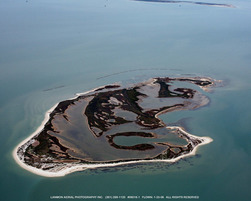
Working in such a huge variety of colonies will be a challenge, but it should make for an interesting summer. I can't wait to get started!
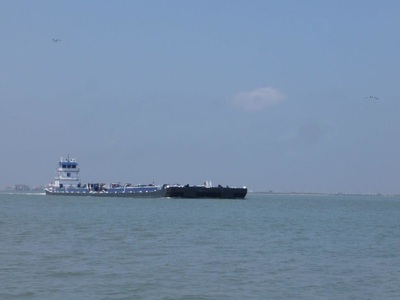
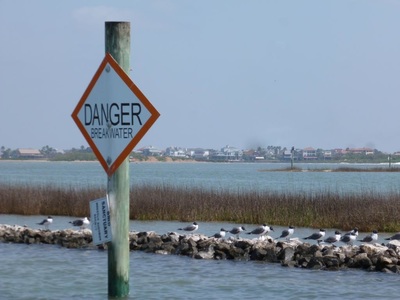
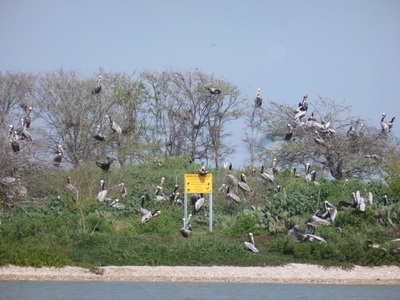
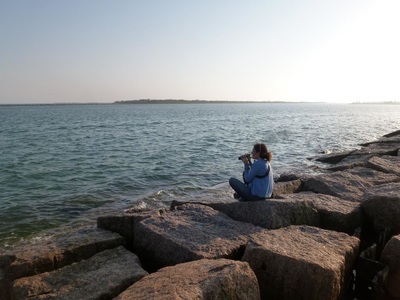
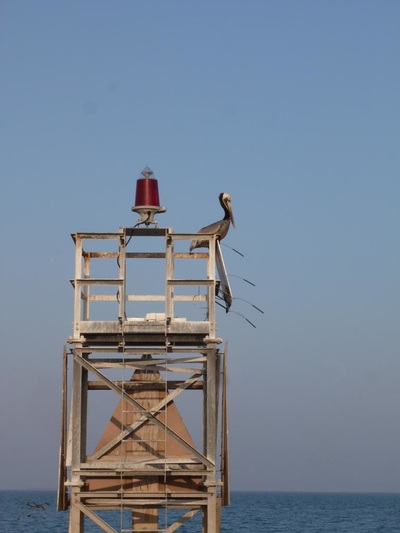
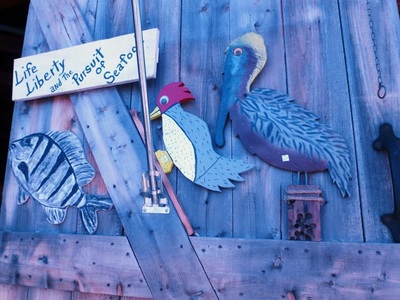
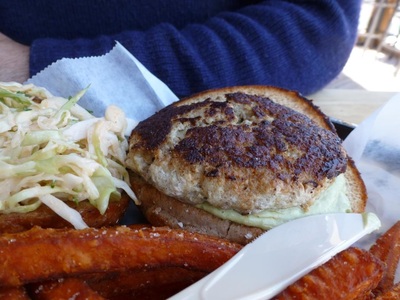
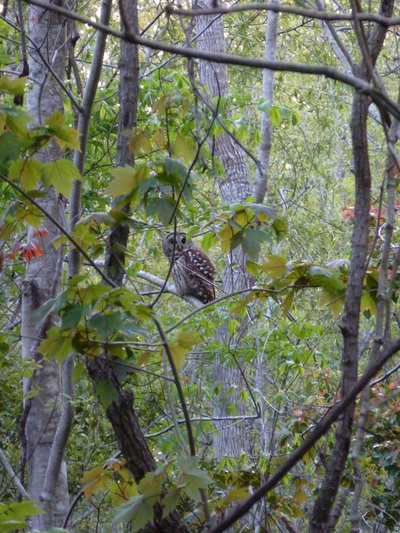
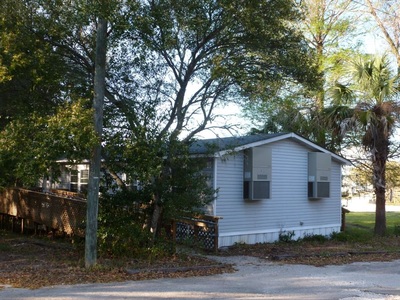
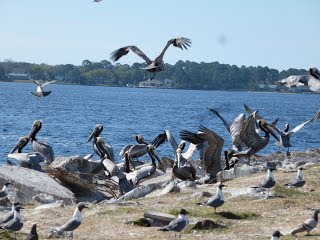
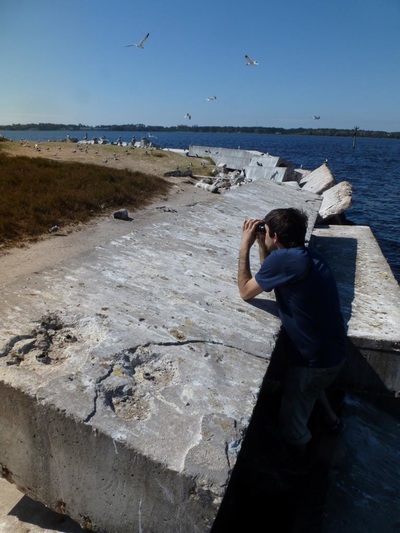

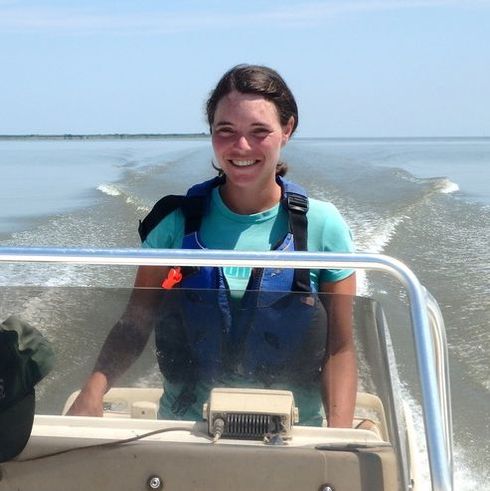
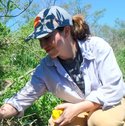
 RSS Feed
RSS Feed
